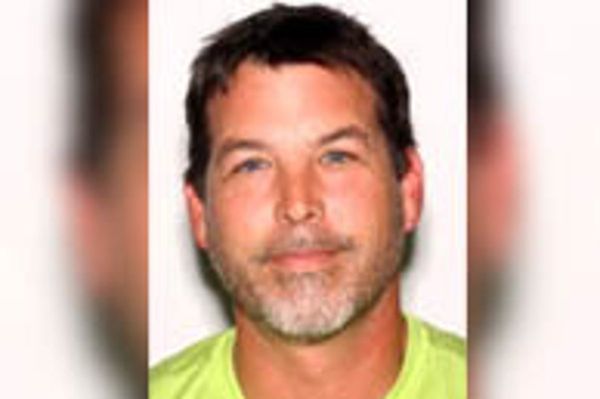John Barrowman 'redefined' it during the opening ceremony of the Commonwealth Games, artist Ashley Rawson painted it, and Zinedine Zidane directed one at Marco Materazzi's chest at the 2006 World Cup final in Berlin.
The Glasgow Kiss, a euphemism for a head-butt (or 'stookie' or 'malky', has long illustrated the no-nonsense attitude of our city to outsiders (we're lovely, really.)
But what are the origins of the sharp movement of a head to strike the nose that has even become a fully-fledged official wrestling move thanks to WWE superstar Drew McIntyre?
One so common place that Time Magazine made reference to it back in 2009 in an article about Scotland being 'a nation of drinkers', while even a certain blonde-haired Eton educated politician made reference to it in as far away as New Zealand while on government business - joking that a traditional Maori greeting could be misinterpreted in a Glasgow pub.
Some might consider that it was a term popularised across the nation thanks to a certain string-vested Glaswegian street philosopher called Rab C Nesbitt in the late 80s and early 90s.
Nesbitt as well as Mary Doll were both partial to using their napper as a weapon to see off people giving them gyp, be it Robert the Robot, councillors, or a Rouken Glen 'parkie' - who ended up in a pond after coming face to face with Elaine C Smith's character in season one.

Indeed, in an interview back in 2010, Gregor Fisher revealed that one of the good things about playing Rab was that some people were too shy to approach him in case he gave them a Glasgow kiss.
It may well be that the term started becoming used more and more around that time, not just via Rab C but by virtue of the fact that the BBC had another show on TV not long after he hung up his vest which was also set in Glasgow - believe it or not called 'Glasgow Kiss'.
Rather than have anything to do with gangs or 'square-go's', the July 2000 show was a love drama centred around the relationship between a sports reporter and a businesswoman - featuring none other than Iain Glen aka Game Of Thrones' Jorah Mormont among the cast.
Prior to that, the first time the term was used in the media seems to date to 1982, when an English newspaper referred to some peculiar Glaswegian ways of welcoming people, referencing that of 'a sharp whack on the nose with the forehead ' aka the Glasgow Kiss.
There's also the belief that it dates back to Glasgow's infamous razor gangs, with the Glasgow Kiss having similar origins to that of the handshake - which for historic purposes was done to prevent an enemy going for their sword.
Although in the case of meeting a potential enemy on a Glasgow street, the Glasgow Kiss was an assault technique used to stop someone reaching for a razor.

That being the case, the true origins seem to date much further back in time, to that of the First World War.
In his 2013 book Glasgow: The Real Mean City: True Crime and Punishment in the Second City of The Empire, Malcolm Archibald notes how a particular Glasgow regiment sharpened the rim of their steel helmets and used it as a weapon in hand-to-hand combat.
What he labels 'a trench warfare Glasgow kiss' was used on German soldiers on the front line by the 18th Highland Light Infantry, a battalion that gained such a fierce reputation that they were nicknamed the 'Devil Dwarfs' by people in the city.
Made up of small but muscular and aggressive factory and shipyard workers from in and around Glasgow, they were a 'bantam' battalion in that they consisted of men 5ft 3in who were originally told they were too small to fight in World War I, only to be called into service.
Involved in frequent bar brawls in Glasgow, their record for brawling and general mischief saw them achieve a reputation that eclipse their sister battalions in the Highland Light Infantry.
So much so that Sidney Allinson, in his 1981 book The Bantams, said that their "quarrelsome reputation was legendary" and that they were "zestfully as ready to a punch-up with a pubful of English soldiers as to storm a German trench."
The Glasgow Bantams landed at Havre in 1916 and fought at The Battle of Bazentin Ridge, The fighting for Arrow Head Copse and Maltz Horn Farm and Falfemont Farm.
Yet in early 1917, they suffered terrible casualties which meant that, after medical inspection, the ceased to be a bantam formation, absorbing the Glasgow Yeomanry to become the 18th (Royal Glasgow Yeomanry) Battalion.
Heroes for downing their tools in the factories and shipyards of Glasgow to put their lives on the line for their country, rather than the razor gangs or Rab C Nesbitt, the euphemism that is the Glasgow Kiss that is ubiquitous in the present day has their name written all over it.
And so it should.







